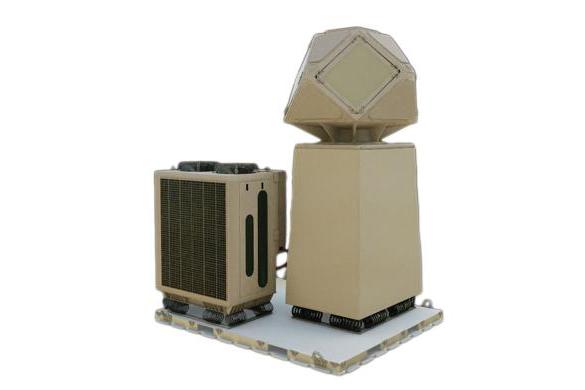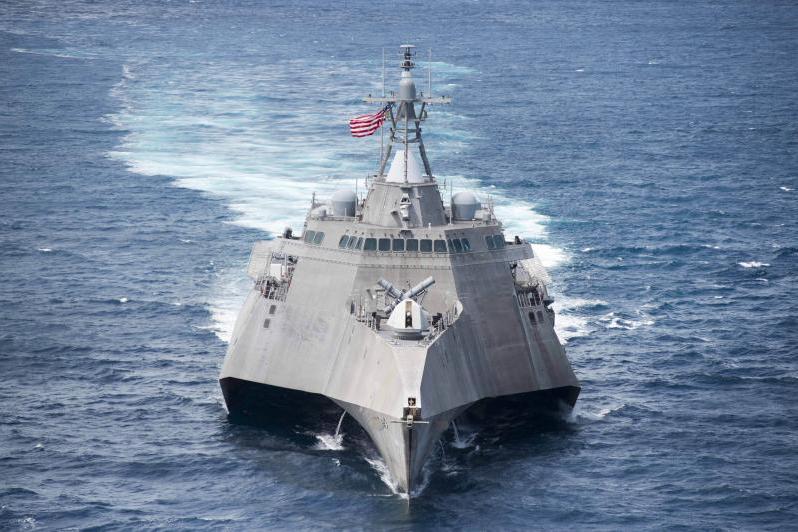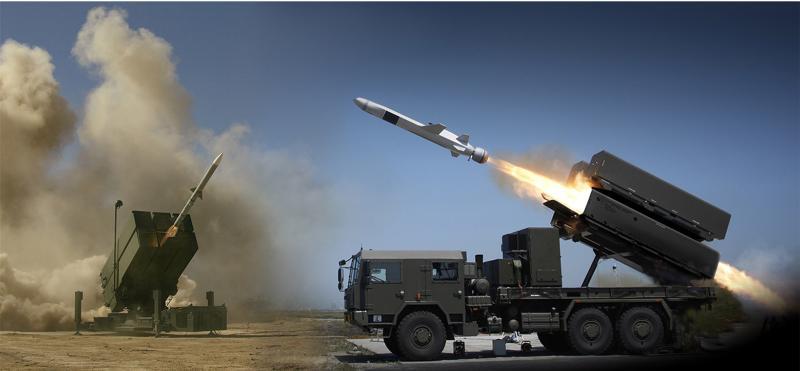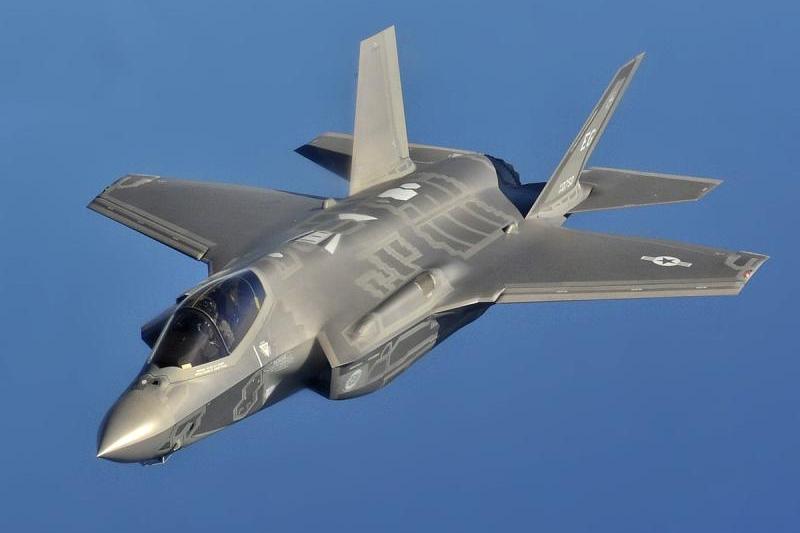Birds, Planes, Drones – KuRFS Radar Can Spot Them All
The Ku-band Radio Frequency System, KuRFS, is an advanced, adaptable, multi-mission radar made by Raytheon Missiles & Defense. It is the U.S. Army’s ‘go-to’ sensor to find all classes of unmanned aircraft systems.
“KuRFS is tailor-made for the counter-UAS mission, and no other radar in the world does this mission as effectively,” said Will Strauss, technology director for SHORAD programs at Raytheon.
Developed in partnership with the Army, the radar was originally built to help defeat rocket, artillery and mortar attacks in the Afghanistan and Iraq wars. It was fielded in 2013 for short-range air defense, and it has surpassed 1.6 million operational hours.
Today, the Army operates nearly 60 KuRFS radars around the world, providing persistent 360-degree surveillance – detecting, tracking, and discriminating airborne objects.
Once KuRFS finds threats, it cues weapons to intercept them using kinetic effectors and non-kinetic engagement. Its ability to detect threats from long distances gives soldiers stand-off distance for safety and time to make engagement decisions.
“KuRFS is an agile and scalable digital sensor, continually able to adapt to the evolving and most challenging SHORAD threats,” said Don Williams, Requirements and Capabilities director at RMD. “From very small and slow UASs to larger and slightly faster ones, KuRFS can detect all of them.”
KuRFS’ precision targeting capabilities and reliable performance have made it highly effective for air surveillance, counter-RAM and counter-UAS.
KuRFS uses active electronically scanned array, or AESA, technology that enables exact steering of its beam toward a threat. Its operation on the Ku-band of the electromagnetic spectrum enables its precise sensing and fire control.
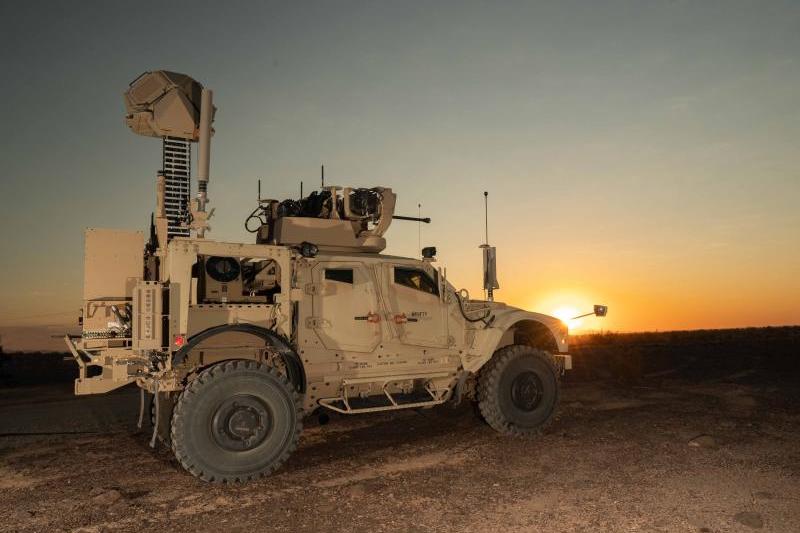
The Ku band’s short wavelengths produce significantly sharper image resolution, optimal for picking small UAS out of a group of objects or clutter. It can even see and identify an incoming 9 mm bullet.
“KuRFS bolsters a layered defense by ensuring efficient and low-cost SHORAD operations,” Williams said. “Even as adversaries adapt from a single-threat environment to multiples to highly integrated swarms of drones, KuRFS meets that challenge.”
KuRFS is integrated with more than 15 weapon systems, including land-based Phalanx weapon system, Coyote family of effectors, Phaser high-power microwave, and the HELWS high-energy laser weapon system. KuRFS is integrated with the Forward Area Air Defense Command and Control system for the Army’s SHORAD system.
For counter-UAS engagements, KuRFS gives the Coyote effector superior sensing capability against a broad set of UAS threats over a long range, detecting even the smallest class of drones out beyond 15 kilometers.
“It provides the operator of any system it’s integrated with flexibility and a clear, accurate vision for quick decision-making to defeat a threat target,” Strauss said.
